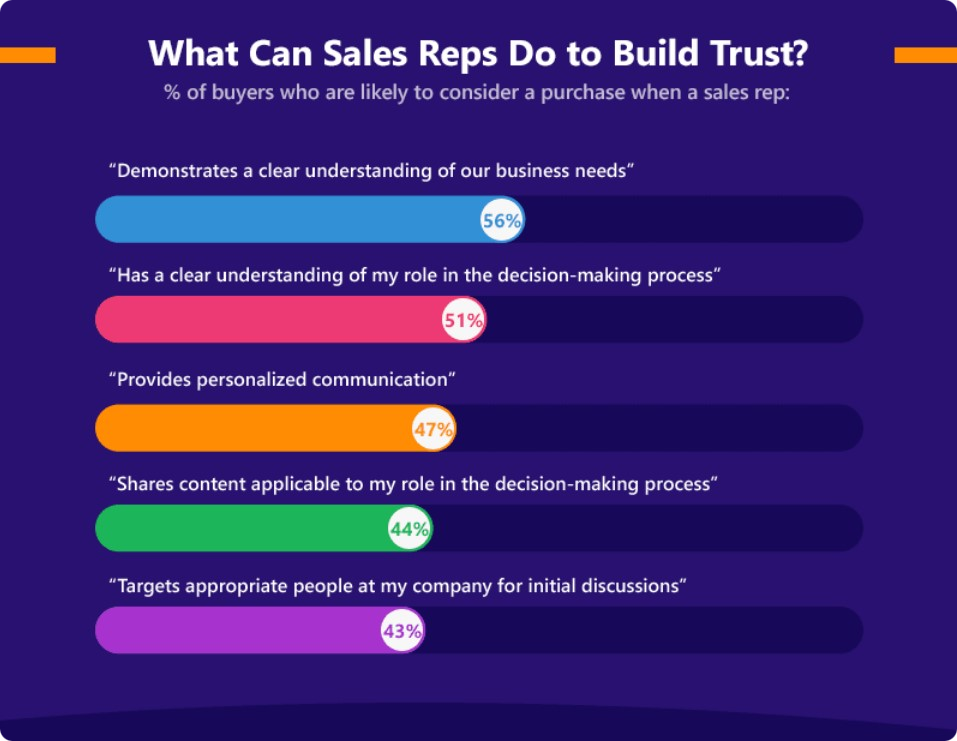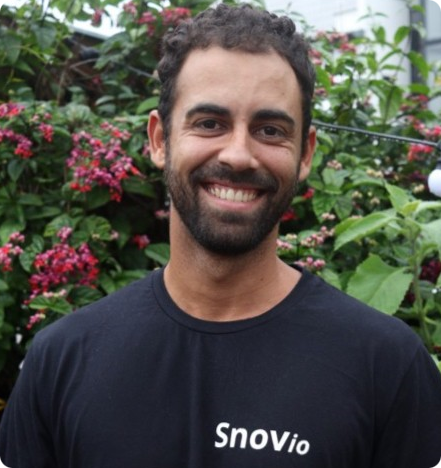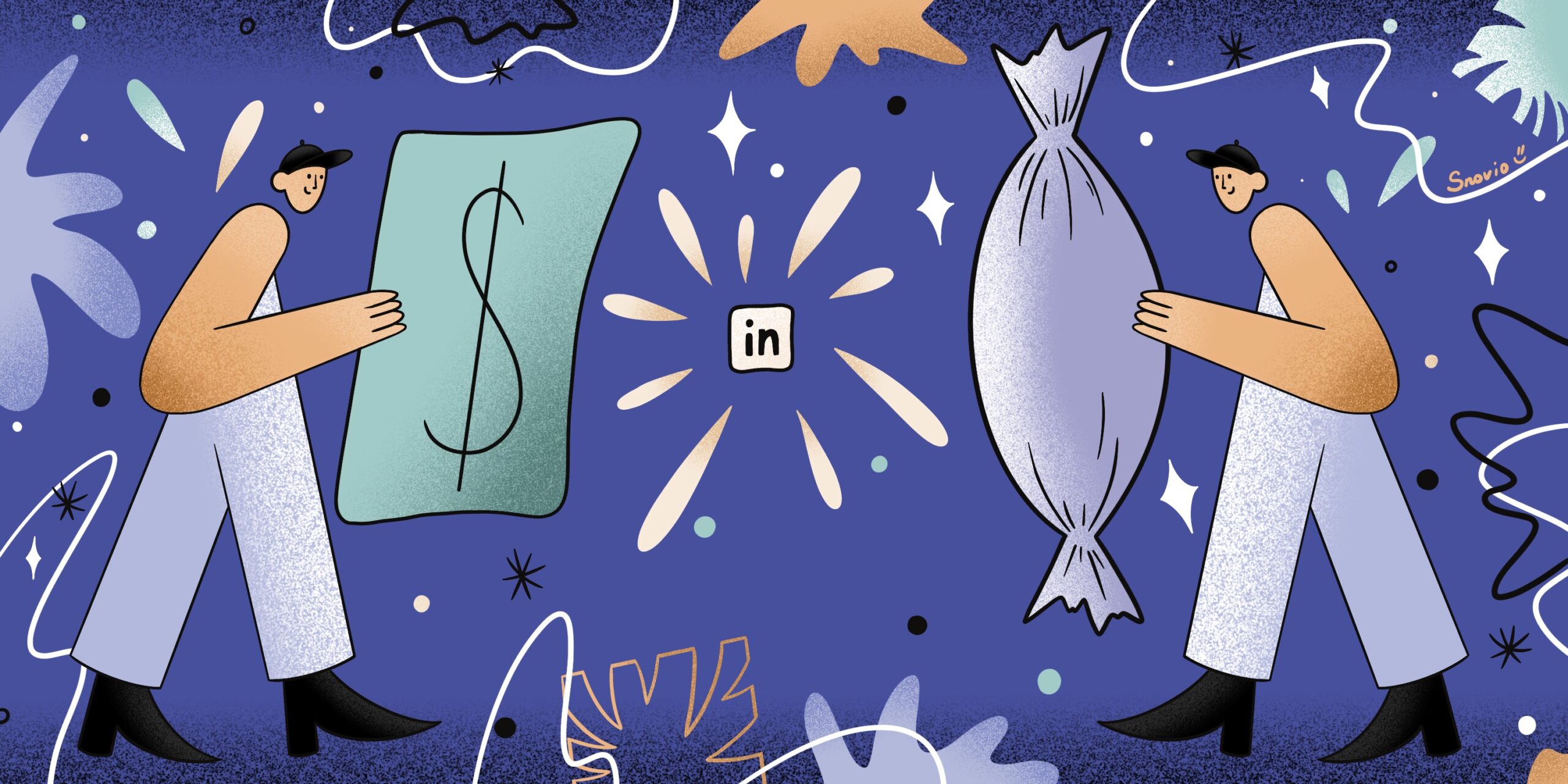Gamification is a great way to turn anything you do into a fun adventure! Is it applicable to sales? Of course!
Say, you move your customers through a sales funnel. Lead → Qualified lead → Customer. It looks like a video game with its own difficulty levels, doesn’t it? Hop on an Easy Level — find a lead! Move to the Medium Level — qualify the lead! Finally, the Hard Level — get a customer!
But who’s the one passing all these levels for your sales team? Well, meet the Super Mario of sales, aka the Sales Development Representative (SDR)!

What is a Sales Development Representative?
Sales Development Representatives (SDRs) are sales professionals in charge of getting in touch with prospects, understanding their needs, figuring out whether they would be a good fit, and passing the qualified prospects along to the sales team.
Unlike sales executives, SDRs are not responsible for closing deals. An SDR’s role is targeting the right audience for a particular product, finding prospects, and qualifying them.
Such a division of sales roles aims to release the sales team from the burden of tedious prospecting or qualifying so that they can focus more on selling. At the same time, SDRs are seen as educators providing customers with valuable insights that could help them solve their problems.
Why are SDRs so important?
Well, SDRs are instrumental when it comes to doing the “dirty work” salespeople usually don’t have the time for or desire to do. They deal with all those awkward rejections and stoically approach prospects without being “too pushy.”
It’s doubtful that a cold call or an unexpected email will be warmly welcomed by a prospect right away. The SDR’s hard job is to break that first ice.
At the same time, an SDR’s function is strategic in terms of revenue generation. According to the internal research conducted by Operatix across more than 500 companies over the past 10 years, SDRs generate between 30-45% of the sales pipeline in B2B SaaS companies.
Besides, as per the 2021 SDR Metrics & Compensation Report focusing on tracking SDRs’ roles in companies, the median pipeline generated per SDR is $3 million a year.

What makes a good Sales Development Representative?
Let’s steer away from labeling SDRs as “good” or “bad” in terms of their skill sets. All SDRs have tricks for dealing with prospects; however, the commonly requested skills, innate and learned, swirl around the following aptitudes.
- Excellent communication skills: SDRs are bound to be fantastic communicators! Otherwise, who will answer all the queries that may come up during the interactions? Flexibility is also paramount as each prospect is unique, requiring personalized approaches to build long-lasting relationships.

- Active listening: As much as SDRs should be great talkers, active listening is another important part of the formula. Apart from advertising the product, SDRs must show empathy and attention to the prospect’s wants, needs, and expectations. Being patient and mindful of the prospect’s pain points is what makes SDRs win.
- Consistency: Great SDRs are consistent in their efforts. Even though objections and broken communication might occur from time to time, resilience and a positive attitude are necessary for this position.
- Time management and planning: Being disciplined and well-organized is another must for an effective SDR. As tasks, calls, meetings, and correspondence pile up, losing track of anything important is detrimental not only to the SDR but the company they work for.
- Stoicism: It’s not just a fancy word to support a decent conversion! SDRs should know how to overcome rejection and quickly bounce back no matter what. Learning from past mistakes is a true asset for this sales role. Keeping in mind what worked well and what didn’t is a way out to higher sales.
Pro tip: To navigate more sales roles with no hassle, read our post.
What does an average day look like for an SDR?
The popular opinion on the inner workings of an SDR’s role says that there is a daily structure they should follow. True, nobody denies the power of a well-thought-out schedule, but every company has a different target audience; it’s a fact. Therefore, it would be silly to say there is a master SDR schedule everyone should follow.
A lot of factors come into play when determining it. For instance, different prospects require different mediums: some are easy to reach by phone, others by email, and some by social media. Don’t forget about the recent trend — video prospecting, as well. Each medium requires a different approach, and sometimes different media should be combined for the best results.
And what about the human factor? Every SDR has their own personal process around prospecting, emailing, and dialing. When it comes to setting goals, a lot more than just a “quota” is needed.
Since we’ve already learned a lot about SDRs and what businesses stereotypically expect from them, let’s do a little reality check. Are these picture-perfect SDRs just a by-product of an HR’s wishful thinking, or do they really exist? Well, the only way to find out is to ask a legit VP of Sales and probably debunk some of the typical sales myths!
 To conduct this “Expectations vs. Reality” experiment, we’re heading to interview Atahualpa Maia, a VP of Sales at Snov.io who also used to work as an SDR. Without further ado, here are some of the questions we asked him.
To conduct this “Expectations vs. Reality” experiment, we’re heading to interview Atahualpa Maia, a VP of Sales at Snov.io who also used to work as an SDR. Without further ado, here are some of the questions we asked him.
What does a typical week look like for you? How do you manage your time?
Atahualpa Maia: Well, it’s crucial to devise a solid plan of action for each day. I try to get all set on Sunday night so I already know what my week will look like. I flick through my calendar, mapping out my priorities, analyzing tasks, and segmenting them into time slots for each process I need to work through.
As for weekly meetings, I have them fixed on my calendar to track my availability in case anything extra pops up. These might be Heads meetings, Culture meetings, and Team meetings, and as a VP of Sales, I have to attend my Sales meetings, of course. Since I work with both Brazilian and Global Sales Teams, I have to adjust my calendar to the available time slots of both teams.
My tasks are more about processes. We have two Team Leaders that take care of anything happening within sales teams. I spend most of my time with them, analyzing how things are going on a weekly basis and deciding on future strategies for us to accomplish our goals. Even though I had recently taken over the VP position just less than a year ago, I am still looking back at my SDR past and source insights for what can be improved or planned in worldwide sales now.
How does a Snov.io SDR start their day?
AM: Besides checking what’s been scheduled, they tackle whatever activities they are late with to prepare for the new day. It’s important to make time for browsing through anything important that may have bubbled up overnight. It’s always fun to check your email in the morning and find that one of the opportunities you nurtured has finally closed — one of the best feelings ever!
Typically, SDRs at Snov.io receive a daily list of leads to be imported into the CRM. Then they move to LinkedIn, chatting with potential clients, replying to emails, and the most important part of all — grabbing the phone and calling a lot! 😊
Do you set any quotas?
AM: Sure, it’s an SDR’s top priority to hit their monthly numbers, but Rome wasn’t built in a day — and neither is a quota. Percentage-wise, we need to contact 25-50% of our prospects to get a meeting with our Brazilian sales team and 10-20% of prospects with the Ukrainian one.
As for the typical number of dials or emails required to get a response, we generally need around 3-5 touchpoints for inbound leads. If we talk about cold sales, the ideal number is more than 8 touchpoints. But on average, we get a meeting after 2 touch points since our product speaks volumes and sells well.
How do you manage that much information once at a time? Do you use any extra tools to keep you organized?
AM: Religiously! To keep things on track, I recommend using a CRM. The best thing about it is that I can get everything done from a single place, no juggling needed!
With its centralized access to all data, calendars, tasks, and reminders, I can link up all my sales processes. Plus, finding, verifying, managing, and reaching out to leads gets way easier when using an all-in-one platform.
And it’s not about my own comfort only. It serves as a great asset for the rest of the team. This is how we can share notes, assign team members to specific tasks, see each other’s calendars, and avoid missing out on essential follow-ups.
Oh, and we also have separate apps with dashboards for LinkedIn and phone calling.
Getting back to SDR tasks, how to approach cold emails?
AM: Follow a trait but sound principle of never sending a cold email without a clear purpose. There’s no such thing as a magic formula, but there are some steps you can follow:
- Keep it short and objective
- Talk about your prospects’ pain points
- Mention how you’ve already solved them for other companies in the same industry
- Use catchy headlines/subject lines
Another sensitive sales topic — cold calls. How to deal with them?
AM: As for now, we work with inbound leads only, so we don’t really do the cold-calling thing. However, when it comes to making a cold call, here are three things that matter the most:
- Let your voice intonation sound as if you were motivated, so your prospects feel your passion and dedication to the product or service you offer.
- Focus on talking more about your prospect, not yourself. Establish a rapport based on your observations of their professional performance and personality, or click with them by mentioning a mutual interest, just anything you saw in their LinkedIn profile. Enter an exciting conversation by mentioning something meaningful to them or showing you care about their pain points.
- As you talk them through their pain points, dwell on their business issues and mention how you can solve them. At the end of the call, they will have no option but to schedule a demo with you.
Whoa! Sounds insightful! But how do SDRs push past the grueling aspects of the job, such as follow-ups and rejections?
AM: Every salesperson should get used to objections and rejection. That’s why emotional intelligence is so vital for this role.
Whenever you follow up, focus on bringing value to your prospect. It could be anything from a success case, a blog post, helpful social media content, or an educational video — anything will do if it’s aimed at bringing value.
Desperately wanting an answer just because you have a goal to achieve is a dead end. Be giving, and your genuine effort will be reciprocated. Always remember that you are talking with a human being on the other side of the line so make sure you really care about helping their business grow with your solution.
What about other challenges SDRs face?
AM: I think one of the hardest things is to be fully present and involved in day-to-day operations while still being able to make time for strategic planning on your next steps.
Finding the right balance between managing people and processes, setting goals, and keeping a positive, caring attitude toward your team’s needs (emotional, specifically) is a great challenge.
Apart from that, my own personal challenge is to bring out the best in my sales team members, making them better performers and happier individuals who know their worth.
How do you react if you can’t meet the sales goals for a particular month?
AM: Of course, I’ll be disappointed, but the most important thing is to reach the OKR goals for the quarter, so it’s not the end of the world! Anything could be fixed with a better analysis of past mistakes and performance loopholes. Detect and correct! As easy as that.
What are the most rewarding parts?
AM: For me, it’s all about giving people the opportunity to work for such a great company that really cares about people. Watching people grow both personally and professionally and seeing them happy with their job is a mere pleasure. Yeah, this is the most rewarding part: seeing people happy and motivated.
What non-sales skills do SDRs need to have?
AM: Umm, I would put the ability to properly listen first. Emotional balance is equally important. Especially if you are on the front line, you will hear a lot of “NOs” along the way, and it’s never easy. Understanding your prospect’s needs and the ability to guide them are the best possible ways to succeed.
There are certain sales myths that are still believed in. Let’s play a little “Fact or Fiction” game. Ready?
AM: Aww, I’m thrilled! Off you go!
Myth 1. Here’s the first one: “Sales is a numbers game. More leads. More calls. More visits. More presentations. More everything leads to more sales.” Do you agree?
AM: No. Quality is king. Think of quality first; quantity is secondary.
Myth 2. What about the following statement: “Customers don’t want to deal with salespeople?” Yay or nay?
AM: Also no. Sometimes clients reach out first, asking for demos, and this is typical of the tech industry, where teams are used to the sales process.
Myth 3. Here’s another one: “A great product sells itself.”
AM: This is partially true, indeed. But a bad sales rep can lose a sale even with the best product in the world.
Myth 4. “Always have a sales script:” Can you relate?
AM: If the company or product is new to you, yes. Otherwise, especially if you are experienced enough, you will come up with your own way of selling.
Myth 5. Last but not least: “Objections are a sign of customer interest.”
This is so true! If the prospect wasn’t interested, there would be no questions.
To call it a day, what would your short tips to all SDR newbies be?
AM: Oh boy. I would recommend not getting too carried away! Remember, first impressions matter. You are your customer’s only in-person interaction with your brand or company, so act accordingly. Stay focused though friendly, and rewards will surely follow.
Another important thing is the way you share information with your sales team. By saying this, I refer to expectations and demands coming from senior management that you need to pass down to your fellow team members.
Again, it’s all about balance. The balance between making your sales team aware of the goals and objectives they need to reach without imposing too much pressure on them.





